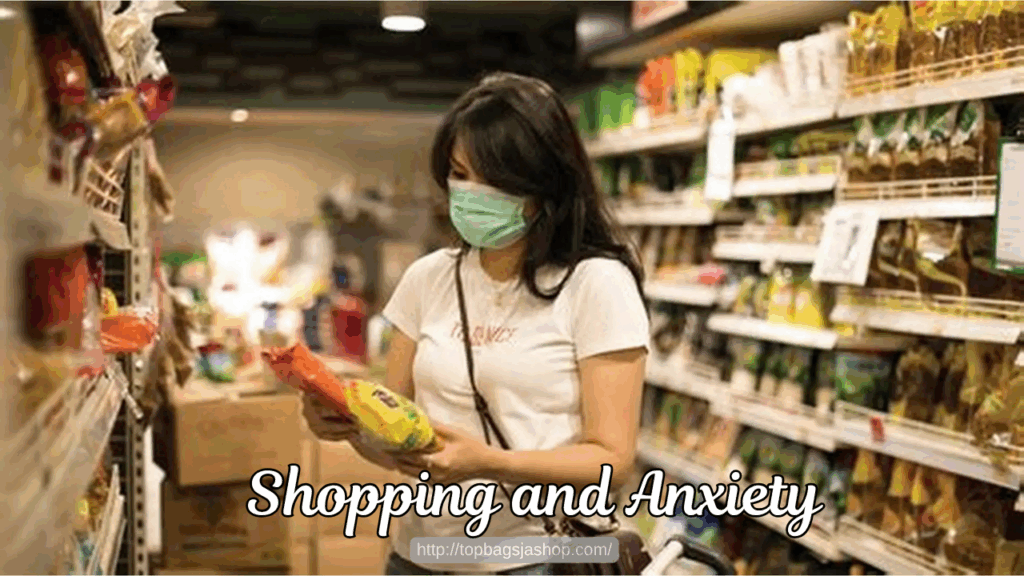
Everyone deserves moments of comfort and care, especially during times of stress. However, when emotional relief comes in the form of impulsive shopping, what begins as a coping mechanism can quietly turn into a cycle of financial strain and emotional guilt. Emotional spending, often called “retail therapy,” might provide short-term satisfaction, but it rarely leads to long-term peace.
For many individuals in addiction recovery or managing mental health challenges, emotional spending can serve as a substitute for deeper unmet needs. Breaking free from this pattern requires compassion, awareness, and intentional self-care. The goal is not to eliminate pleasure but to replace quick fixes with sustainable forms of emotional balance.
Understanding Emotional Spending
Emotional spending occurs when purchases are driven by feelings rather than practical need. It can be triggered by sadness, boredom, stress, or even loneliness. The act of buying releases dopamine—the same brain chemical linked to pleasure and reward—which temporarily boosts mood. But as with any short-lived high, the relief fades quickly, often replaced by regret or financial worry.
This emotional rollercoaster can resemble the behavioral patterns seen in other forms of addiction. Instead of substances, the “substance” becomes the act of buying itself. Recognizing this connection is a crucial first step toward meaningful change.
Why Emotional Spending Happens
1. Emotional Avoidance
Many people shop to escape difficult feelings or situations. It can feel easier to fill a void with a new purchase than to sit with discomfort. However, avoidance only delays healing and creates deeper emotional and financial tension.
2. Instant Gratification
Modern shopping platforms make it effortless to purchase within seconds. That instant gratification reinforces impulsive habits, creating a feedback loop between emotion and spending.
3. Low Self-Worth or Emotional Fatigue
When individuals struggle with low self-esteem or exhaustion, buying something “nice” can feel like a reward or validation. Unfortunately, the external comfort rarely satisfies internal needs.
The Hidden Costs of Emotional Spending
Emotional spending doesn’t just affect your wallet—it impacts your well-being. Over time, constant spending can lead to debt, anxiety, and strained relationships. For those in recovery, it can even serve as a relapse risk, as emotional shopping mimics the escapism that addiction once provided.
Financial instability can quickly become emotional instability, perpetuating a cycle of shame and stress. Recognizing this pattern is not about judgment—it’s about empowerment. Awareness opens the door to recovery and balance.
Steps Toward Breaking Free
1. Identify Your Emotional Triggers
Track your spending habits and note what emotions you feel before purchasing. Are you tired, anxious, or lonely? Understanding your emotional triggers helps you anticipate and manage them before they lead to impulsive choices.
2. Create a Pause Practice
Before buying, pause for a few minutes. Ask yourself: “Do I need this, or am I trying to feel better?” This mindful moment can interrupt the automatic spending response and give you space to choose a healthier action.
3. Replace Shopping with True Self-Care
Replace the habit of buying with restorative activities such as journaling, exercise, art, or prayer. These practices support genuine healing and emotional stability without financial consequences.
4. Seek Accountability and Support
Discuss your struggles with someone you trust—a counselor, therapist, or loved one. Emotional spending often thrives in isolation. Support systems, especially within recovery or mental health programs, provide structure and encouragement to stay consistent.
5. Set Financial Boundaries
Establish a realistic budget and separate wants from needs. Using cash or debit instead of credit can help keep spending grounded. Remember, financial health is a form of self-care too.
The Role of Professional Help in Healing
At Top Bags Jashop, we recognize that emotional spending can be more than a financial issue—it can be a reflection of deeper emotional pain. Our team offers holistic and faith-based approaches to help clients uncover the root causes of emotional behaviors, including shopping addiction, substance use, and anxiety.
Through individualized therapy, group support, and integrated wellness care, individuals learn practical tools to manage emotions, build resilience, and restore balance in every area of life. Healing is not about removing joy; it’s about rediscovering it in ways that strengthen, not harm, your emotional and financial well-being.
Finding Balance and Freedom
Breaking free from emotional spending is not about perfection—it’s about progress. Each small step toward awareness and balance is a victory. When you learn to meet your emotional needs with care, rather than consumption, you begin to experience real peace—the kind that no purchase can provide.
If emotional spending has begun to impact your life or recovery journey, know that help is available. Reach out today to start building a healthier, more fulfilling path—one based on emotional strength, financial stability, and true self-worth.

